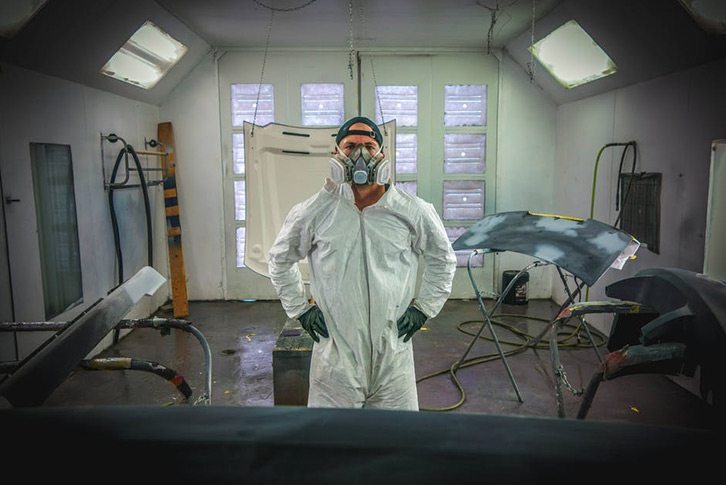Dark vehicle colors are becoming LiDAR's worst enemy.
In a twist that would make Henry Ford proud, the self-driving car industry is encountering hurdles in the form of dark vehicle colors.
In a nutshell, USA Today reports LiDAR illuminates a target with pulsed laser light, measures the reflected light beams, then calculates a distance between itself and the object in question. This operation can detect millions of data points per second, a limit which is theoretically capped only by the speed of light.
Only one problem. Dark surfaces absorb more light. That applies to laser beams, too.
This results in skewed or inaccurate LiDAR calculations. A fleet of additional sensors could engineer the problem away, but sensors add weight and cost.
"Highly reflective colors are more easily detectable by LiDAR systems," said Nancy Lockhart, a color marketing manager of Axalta Coating Systems, a commercial and industrial paint distributor, in a statement to USA Today.
Automotive paint companies are trying various methods in response to this new conundrum. One method used by Axalta is to infuse flakes into paint to increase the reflectiveness of its surface. Long-standing competitor PPG is going beyond the visible spectrum, designing paint that reflects light not visible to the naked eye - light that LiDAR and other systems could still see.
It's an exciting time in the world of automotive paint. Just don't expect to be picked up by an autonomous UberBLACK anytime soon.
NEXT: BAY AREA STARTUP NURO UNVEILS SELF-DRIVING ELECTRIC DELIVERY VEHICLE
WATCH: See What These Trucks Did to Help During Hurricane Harvey




